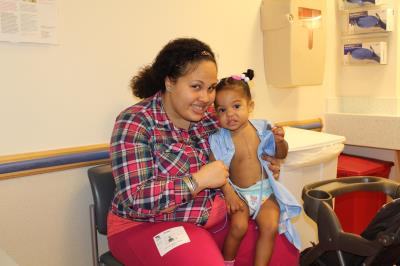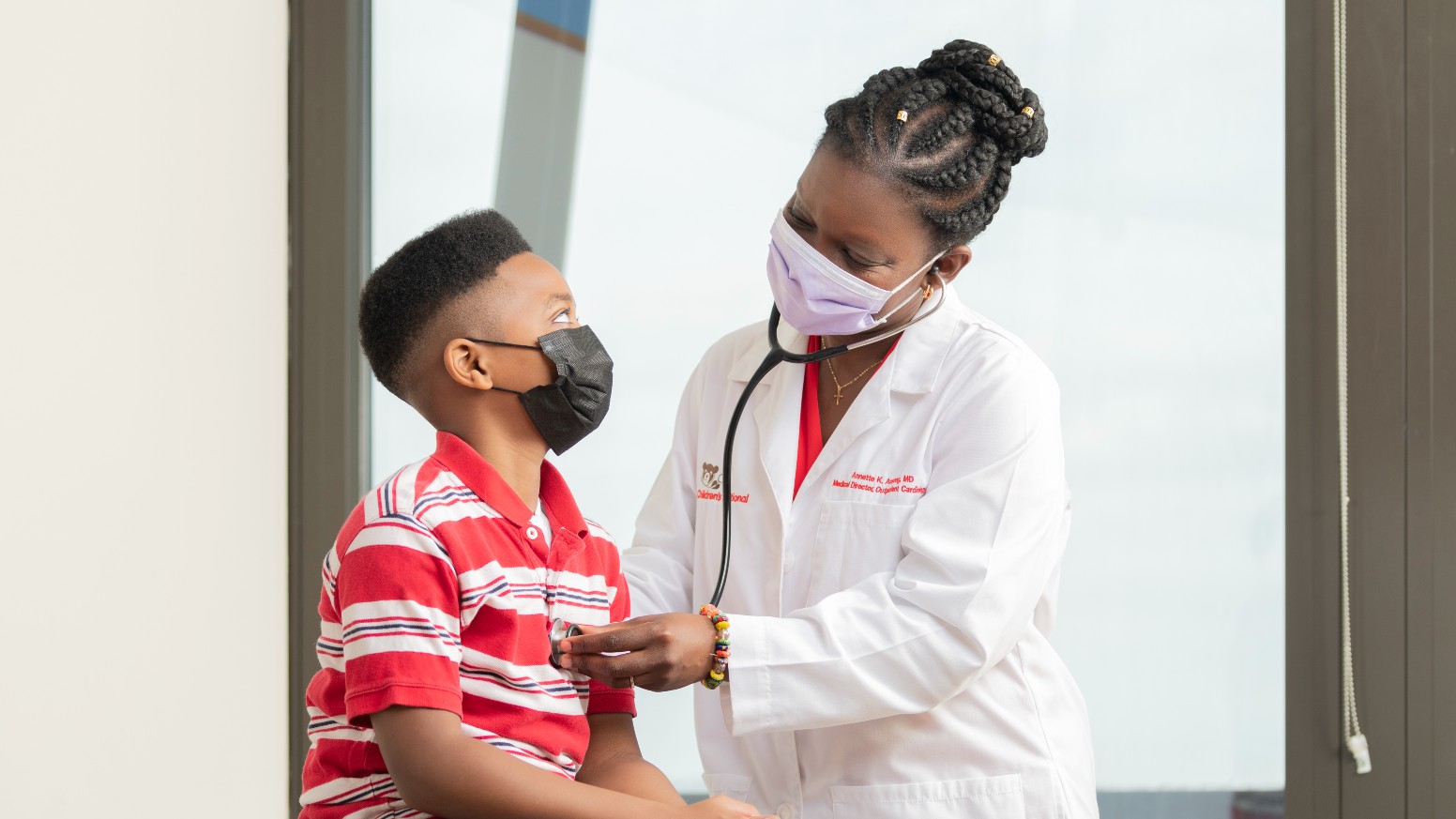Condition
Pediatric Ventricular Septal Defect (VSD)
Key Points About Ventricular Septal Defect (VSD) in Children
- A VSD is an opening in the dividing wall between the two lower chambers of the heart.
- The size of the opening affects how severe your child’s symptoms are.
- Small VSDs may close on their as your child grows. If your child has a larger VSD, he or she will likely need surgery or a cardiac catheterization to fix it.
- Most children whose defects close on their own or who have VSD repairs will live normal, healthy lives.
Anatomy of the Heart
This animation presents the anatomy of the heart in detail. Learn about the organ's various parts and the roles that they play.

Frequently Asked Questions
What is a ventricular septal defect?
What causes a VSD in children?
What are the symptoms of a VSD in children?
How is a VSD diagnosed in children?
How is a VSD treated in children?
What are possible complications of a VSD in children?
How can I help my child live with a VSD?
When should I call my child's healthcare provider?

Cardiac Surgery Outcomes Data
Learn about some of the lifesaving surgeries our pediatric heart experts perform each year at Children's National. Find data about the number of operations, how long children stay in the hospital after surgery (length of stay), and how well they recover after surgery (outcomes).
Meet the Providers Who Treat Ventricular Septal Defect
Patient Stories
 Healing Amelia's Heart
Healing Amelia's Heart"Amelia had a rough start," says her mom, Melissa, "but Children's National was the place to be to get her back on track."
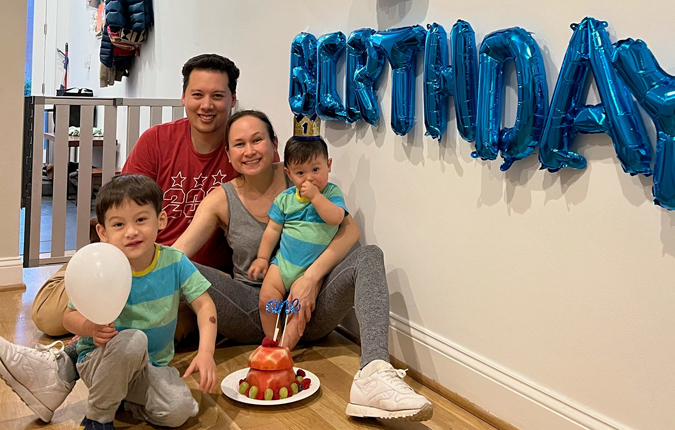 Heartfelt Care for Felix
Heartfelt Care for FelixFelix, born with a heart defect, is a healthy toddler who loves to eat and play with his older brother. Open heart surgery at 3 months helped save his life.
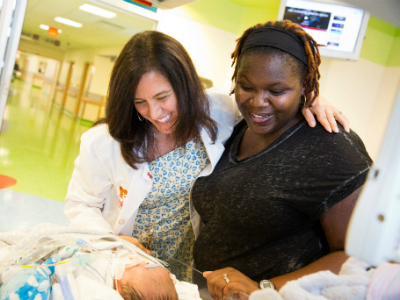 Gino's Story
Gino's StoryWhen Dieana was getting her 19-week obstetrical ultrasound, she got some unsettling news about her son, Gino.
Departments that Treat Ventricular Septal Defect (VSD)

The Zickler Family Prenatal Pediatrics Institute
The Zickler Family Prenatal Pediatrics Institute at Children's National Hospital in Washington, D.C., provides specialized care for babies during pregnancy, delivery and after birth.

Cardiac Imaging
We have expertise in the full spectrum of cardiac imaging, including transesophageal, prenatal, 3-D, intracardiac, and stress echocardiography and cardiac MRI.
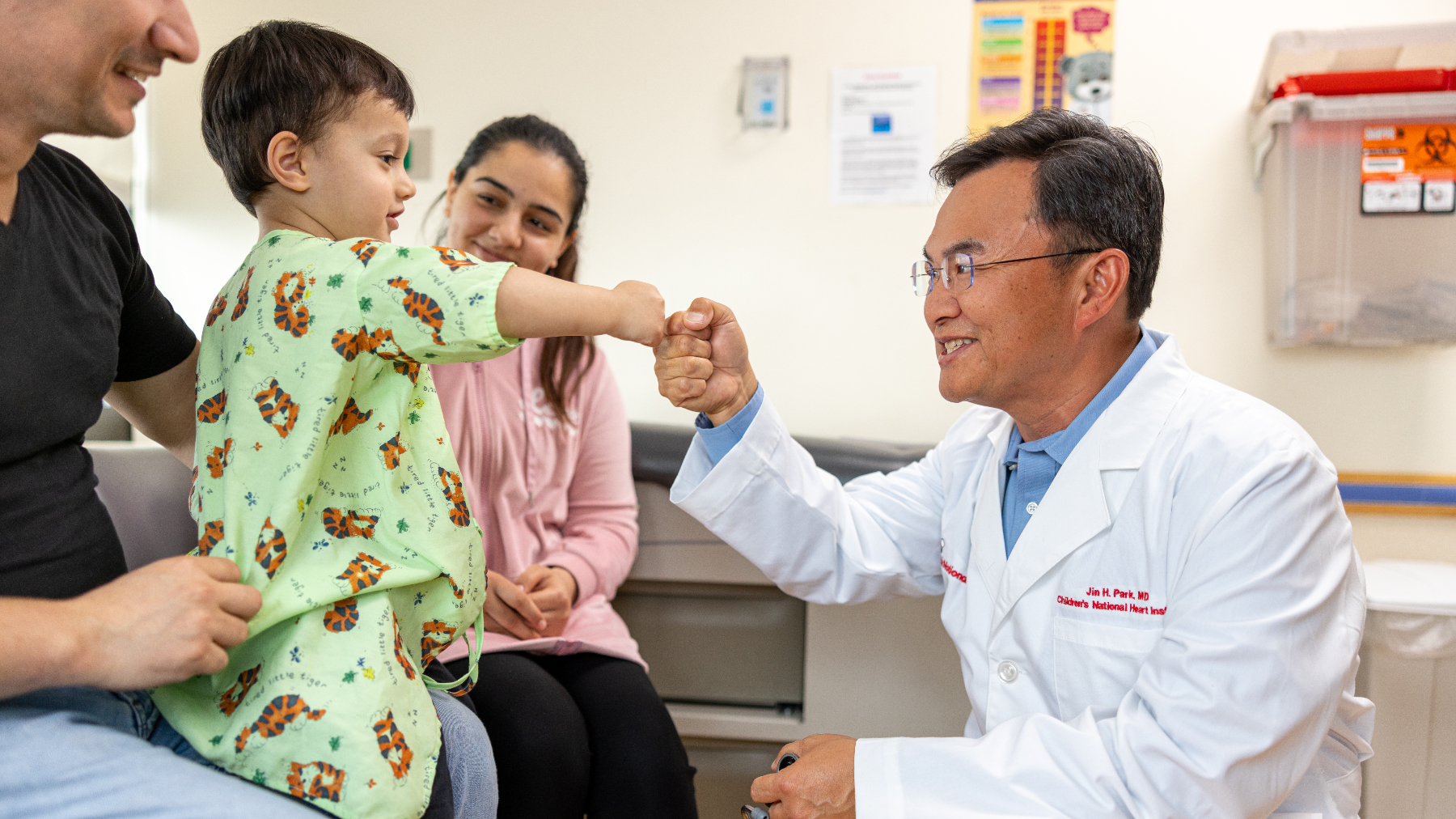
Children's National Heart Center
Our expert pediatric heart team, including more than 40 subspecialties, offer advanced heart care and excellent outcomes for thousands of children every year.





